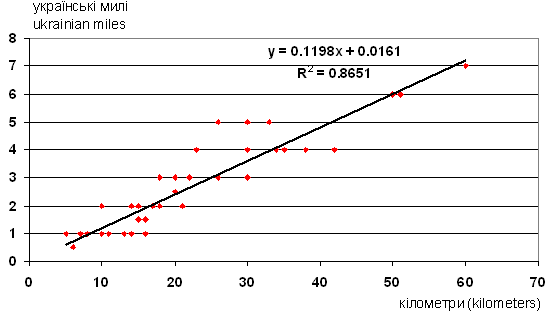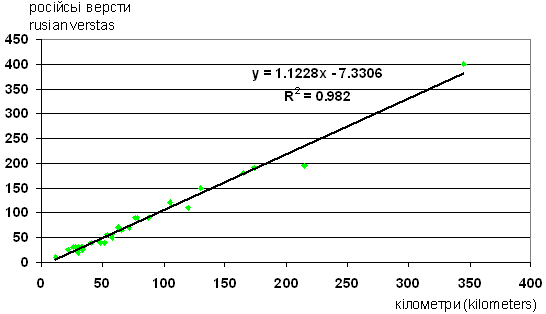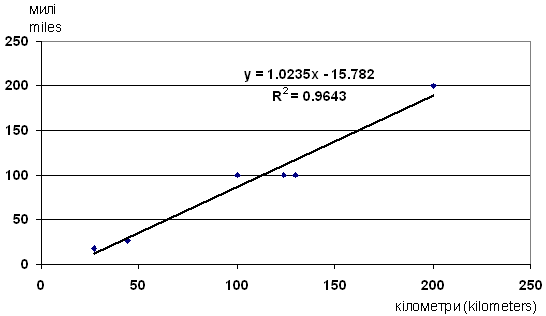Metrology
N.I. Zharkikh
Chronology of Paul's records is often very detailed, he often note not only day and month but also day of week. Full dates of many records may be deducted on the basis of these basic guidelines and Paul's relative dates like "next day, Tuesday…". Paul uses the September calendar system of world creation, and year notes only occasionally, mostly in the records on 1 September: "Come the… new year" (not forgetting to mention that this – day of remembrance of Symeon Stylites, the greatest saint of Antioch Patriarchate). Therefore, pulling back the years Paul for the January years of birth of Christ, one should subtract 5509 for dates from 1 September to 31 December and 5508 – for dates from January 1 to August 31. This trick is well known, but we again remind about it, because sometimes in the Murkos' translation it is not used.
Part of Paul's records dated only for religious holidays and can be specified, but in my tour guide it almost don't worked. Sometimes there is a discrepancy in the records of 1 day between the number of day and day of week. Presumably, these differences can be corrected by careful reading and analytical indexing all events day by day, but these fixes I also was not carried out.
Paul knew four measures of the path length: a day of way, mile (which he sometimes calls a short or Turkish mile), long mile oftenly referred to as the Cossack one (as opposed to his usual short miles), versta. According to Paul, Russian versta coincides with a short mile, and long mile contains 5 short miles or verstas.
It should be noted that S. Herberstein, who visited Russia for 130 years before Paul, also note that . Apparently, this was officially taken metrological ratio, which was constantly used in the Russian state.
A notable feature of the descriptions is that Paul note length of road in Ukraine with Cossack miles but in Russia with verstas; in the other pieces of route distance between cities not listed at all (at most – specified number of days of way). While voyage by Black Sea mentioned some distance on several hundred miles (probably from the words of sailors). From this we can conclude that Paul himself did not try to calculate the length of the journey and recorded the data that reported to him by local officials. It is important to note that in Ukraine the distance in miles noted almost everywhere.
Measuring distances on modern maps recorded by Paul, leads to the following diagrams (details – where Paul noted distances and how much there are kilometers – are presented in the next section; obviously erroneous distances records are ignored, those cases noted in comments to the relevant fragments of route).

Large (Ukrainian) miles in the Paul's description. 1 mile = 8.35 km
Linear regression law explains only 86% of variations. This is relatively lower than for other charts. Apparently, there's a role of measurement resolution in describing miles (Paul prefer to use the whole integers miles, once recorded 0.5 miles, twice – 1.5 mile, once – 2.5 miles). The influence of this factor was discussed in the article "".

Russian versts in the Paul's description. 1 versta = 0.9 km

Miles in the Paul's description. 1 mile = 1 km
Many times Paul note how much somebody weighs and how much it costs, gives the ratio of monetary units. These data deserve a separate analysis.
